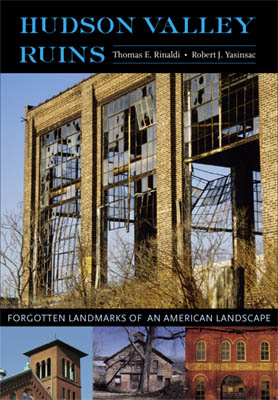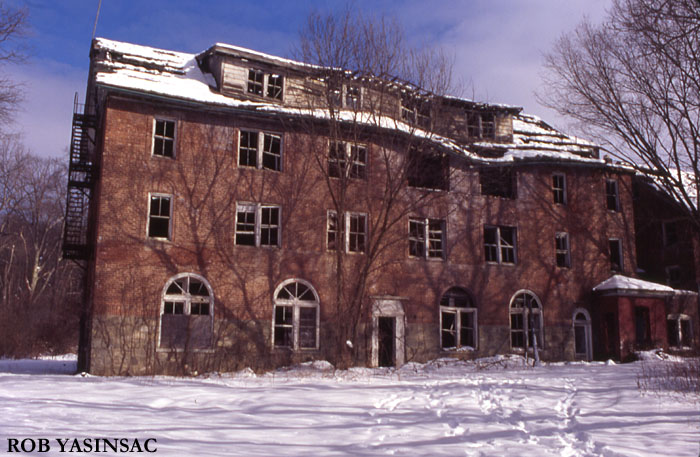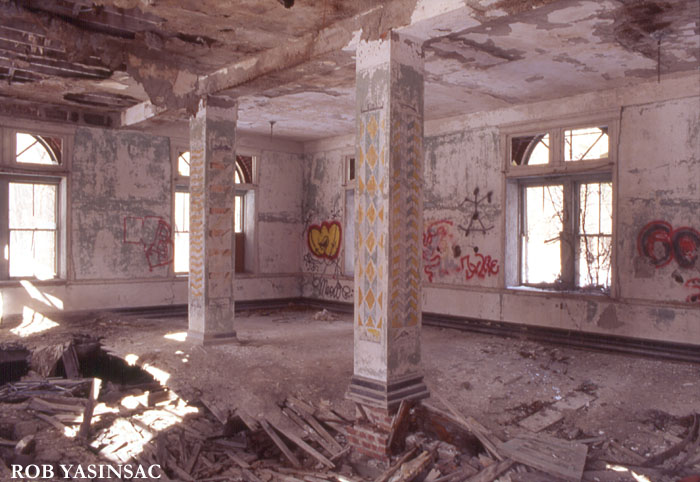50th anniversary of the Great Bannerman Castle Fire
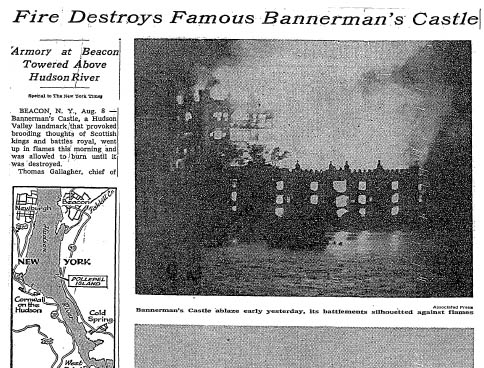 New York Times
New York Times
Sometime probably shortly before midnight on August 7, 1969, Bannerman’s Island Arsenal caught on fire. Bannerman’s Castle, as it is popularly known, was the island warehouse of Frank Bannerman’s military surplus business. The castle had been in disuse since 1958 when Charles Bannerman, grandson of Frank and Helen Bannerman, relocated the business to Blue Point, Long Island. The castle was reportedly in poor condition at the time of the fire, which occurred two years after New York State acquired Pollepel Island, upon which Bannerman’s Castle was built.
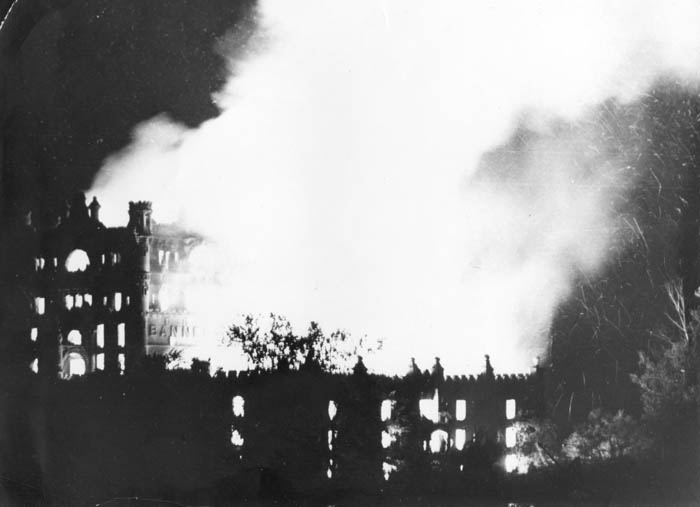 Photograph courtesy of Thom Johnson. Photographer unknown. Digital or print reproduction without the permission of Thom Johnson not permitted.
Photograph courtesy of Thom Johnson. Photographer unknown. Digital or print reproduction without the permission of Thom Johnson not permitted.
Beginning in 1964, the Hudson Highlands Committee of the State Council of Parks considered key locations of the Hudson Highlands for protection from industrial development. In November 1967, Governor Nelson Rockefeller announced that 3,000 acres along the east shore of the Hudson River between Cold Spring and Beacon would be protected in a new park to be known as Hudson Highlands State Park. The lands included Pollepel Island and Bannerman’s Castle, the Beacon Reservoir, Sugarloaf Mountain, Breakneck Ridge and Breakneck Valley, Mount Taurus, and Little Stony Point.
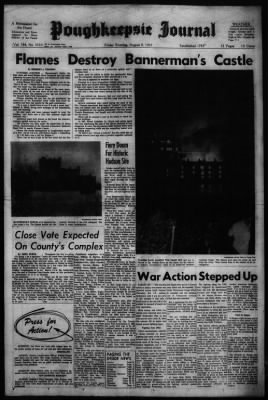 Poughkeepsie Journal
Poughkeepsie Journal
In addition to Bannerman’s Castle, a important portion of the park was said to be the 670-acre portion previously eyed by Central Hudson Gas and Electric Company as the location for one of two massive power plants planned for the North Gate of the Highlands (the other being Con Ed’s proposed power plant at Storm King). The Central Hudson property was the old Northgate estate, which contained the ruins of the Stern/Cornish mansion and estate. The new park was made possible with matching funds provided by the Jackson Hole Foundation, of which the governor’s brother Laurance Rockefeller was President.
All portions of the new state park would be open to visitors, except Bannerman’s Castle. In 1968, State Parks officials discussed fencing off the castle buildings and establishing a viewing platform on the east shore of the Hudson River south of Beacon. An official described the castle as “pretty well shot” with a hole in one place in the roof where the upper three stories had collapsed in on themselves. Officials also stated the the island was “too small to handle much pedestrian traffic.” The issue of transporting visitors to the island was also cited as a reason to not do tours. However the castle would not be demolished as it had become “such a famous landmark.”
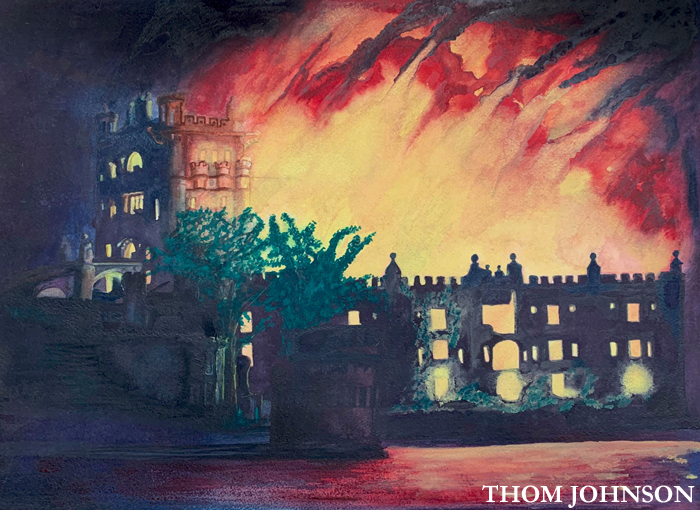 Painting by Thom Johnson. Digital or print reproduction without the permission of Thom Johnson not permitted.
Painting by Thom Johnson. Digital or print reproduction without the permission of Thom Johnson not permitted.
The fire likely began late in the evening of August 7, 1969. The New York Times reported that firemen reached the island by rowboat at 1:20am in the morning of August 8, 1969. The arsenal was allowed to burn until its interior was destroyed, leaving behind exterior masonry walls and a new ruin on the Hudson River. Thomas Gallagher, chief of the Beacon Fire Department visited Bannerman’s Island Arsenal a few weeks before the fire and declared it to be empty “except for a lot of old cannonballs in the basement.” When the Bannerman military surplus business moved from Pollepel Island to Long Island, the Bannermans hired an explosive ordinance expert to deactivate and remove from the buildings live ammunition and explosives. Charles Bannerman allowed the Smithsonian Institution to remove any artifacts it wanted, and subsequently friends and collectors and, perhaps, unsolicited visitors, removed just about any leftover piece of military surplus of any value.
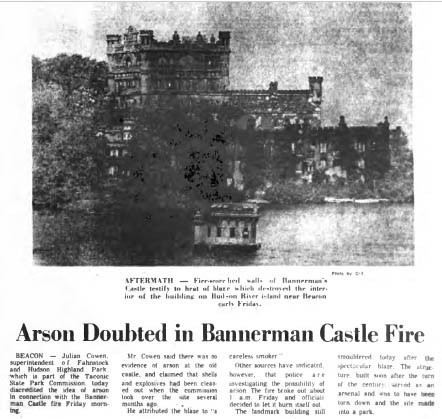 Beacon Evening News
Beacon Evening News
As for the cause of the fire it has not ever been determined. Immediately after the fire, Park Superintendent Julian Cowen discredited the possibility of arson and blamed it on a “careless smoker.” However Chief Gallagher did consider arson a possible cause for investigation. The buildings did not have working electricity at the time of the fire.
Bannerman’s Island Arsenal is now a popular tourist attraction, even after two winter storms caused severe collapses of the Castle in 2009/10. Tour boats frequently sell out on weekends from May to October. With renewed interest in the Hudson Highlands and the extreme popularity of natural attractions such as Breakneck Ridge and restored sites such as the Poughkeepsie Railroad Bridge, er, Walkway Over the Hudson, one wonders what could be had the Castle been preserved and restored and kept intact.
The 1960s was not a kind decade for historic preservation in the Hudson Valley, or elsewhere. In 1963, the New York State Department of Environmental Conservation burned the ruins of the
Catskill Mountain House, rather the preserve what once was the most famous building in the Hudson Valley. And later in August 1969, fire claimed the carriage house and stables at
Springside, the Poughkeepsie estate designed by Andrew Jackson Downing. That blaze, on the heels of the Bannerman Castle fire, led to an essay by Ada Louise Huxtable, a pioneering critic and powerful voice in architecture circles, in the New York Times entitled “
Doomsday Notes on a Rotten Game.”
Today Bannerman’s Island Arsenal at Pollepel Island can be visited for tours organized through the
Bannerman Castle Trust. Tours access the island via the Trust’s boats which leave from Beacon and Newburgh. Tours frequently sell out so please purchase tickets well in advance of your planned visit. (Yours truly will be leading tours this Saturday August 10.)
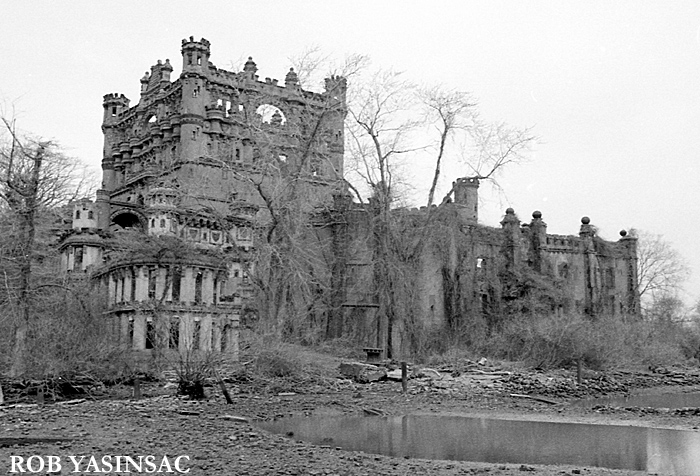 Bannerman’s Island Arsenal ruins, April 1, 1999. Photograph by Rob Yasinsac.
Sources
Bannerman’s Island Arsenal ruins, April 1, 1999. Photograph by Rob Yasinsac.
Sources:
“State to Create Park on Hudson.” The New York Times. November 17, 1967
“A Chunk of Scotland on the Hudson.” The New York Times. By James C. Haviland, November 17, 1968.
“Arson Doubted in Bannerman Castle Fire.” The Evening News, Beacon, NY, August 9, 1969.
“Flames Destroy Bannerman’s Castle.” The Poughkeepsie Journal.
Bannerman Castle. Johnson, Thom and Barbara H. Gottlock Arcadia Publishing, 2006.
Many thanks to Thom Johnson for permission to post his painting and the photograph of the fire.
The Croft, Teatown Lake Reservation, Ossining, Westchester County. Truly unnecessarily slated for demolition.
Greenport (Hudson), Columbia County.


 Photograph courtesy of Thom Johnson. Photographer unknown. Digital or print reproduction without the permission of Thom Johnson not permitted.
Photograph courtesy of Thom Johnson. Photographer unknown. Digital or print reproduction without the permission of Thom Johnson not permitted.

 Painting by Thom Johnson. Digital or print reproduction without the permission of Thom Johnson not permitted.
Painting by Thom Johnson. Digital or print reproduction without the permission of Thom Johnson not permitted.
 Bannerman’s Island Arsenal ruins, April 1, 1999. Photograph by Rob Yasinsac.
Bannerman’s Island Arsenal ruins, April 1, 1999. Photograph by Rob Yasinsac.
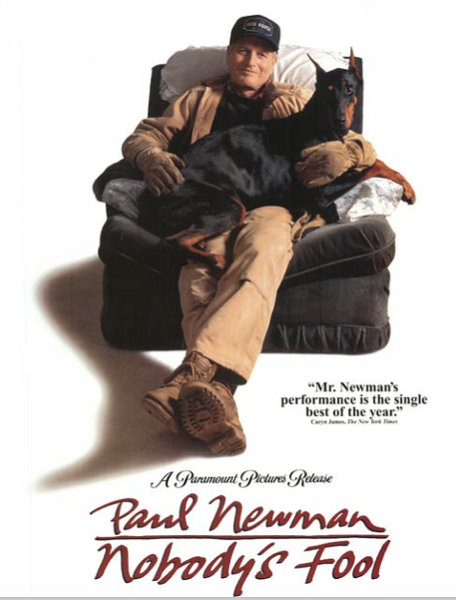
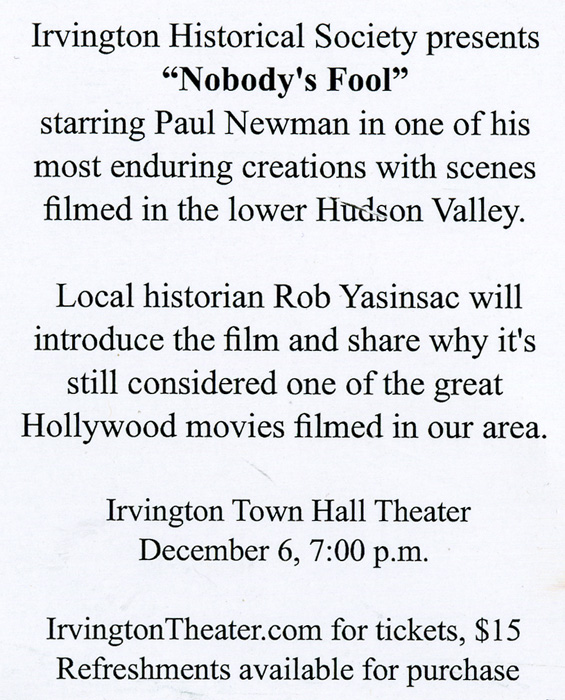

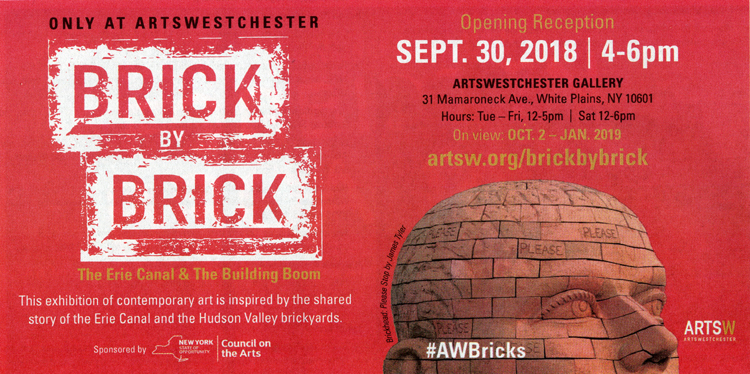
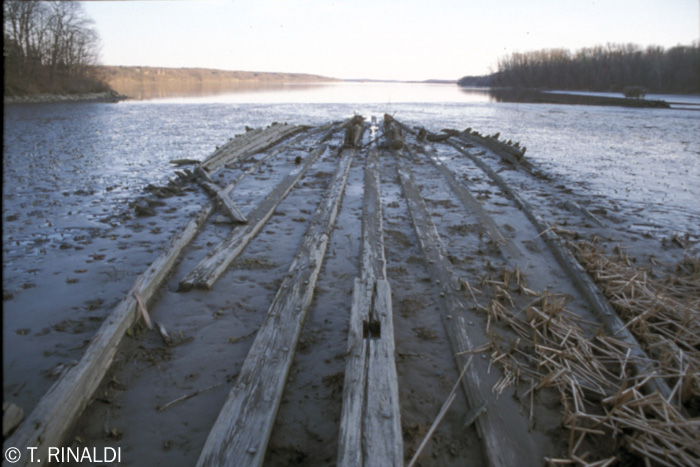
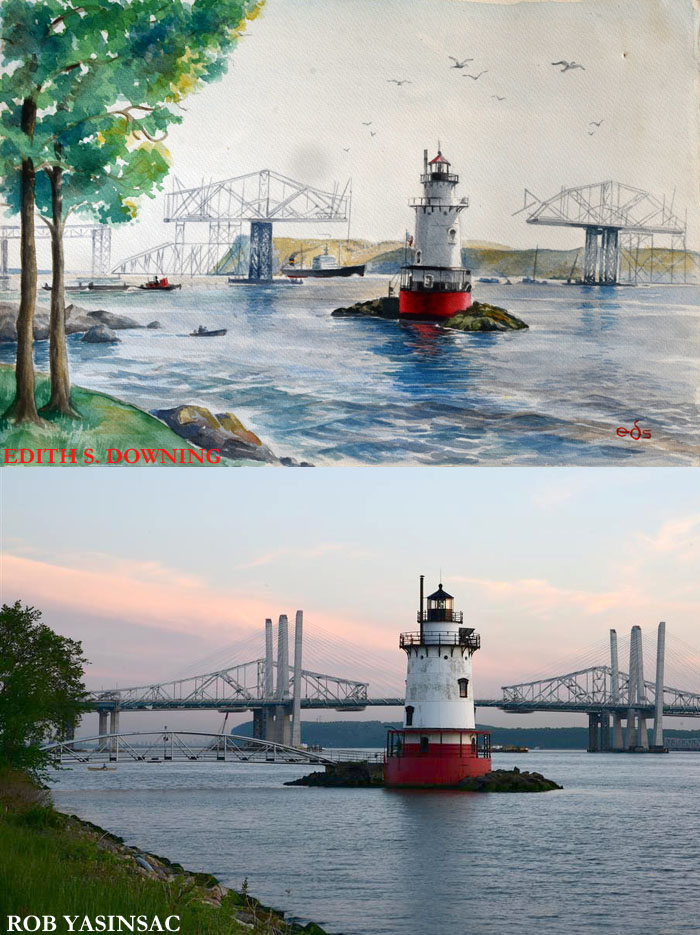
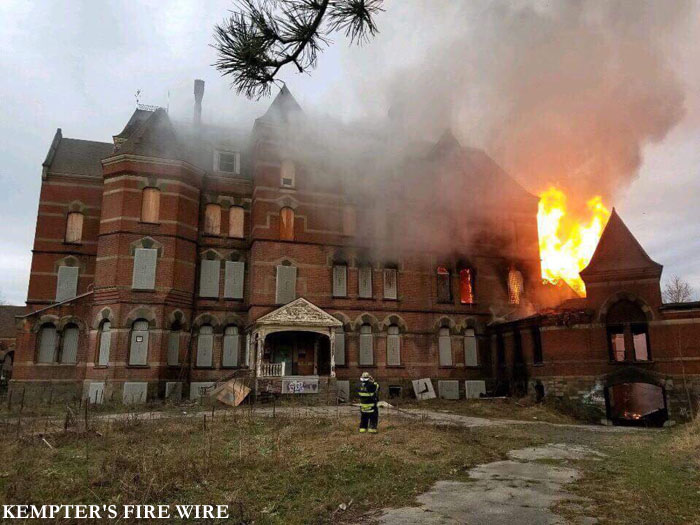
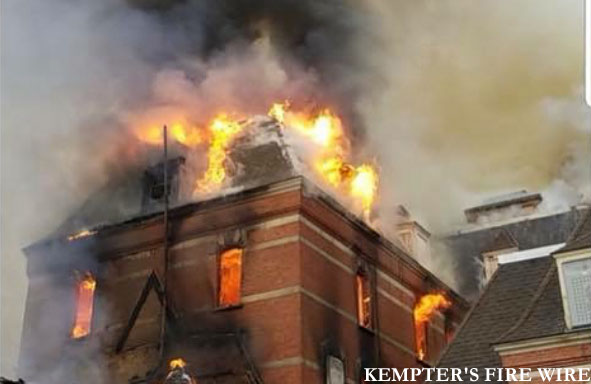
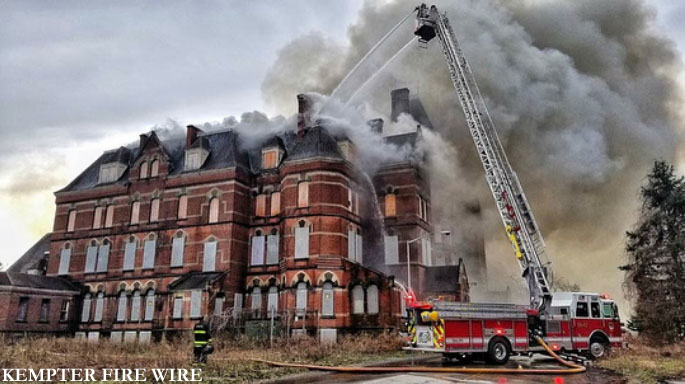
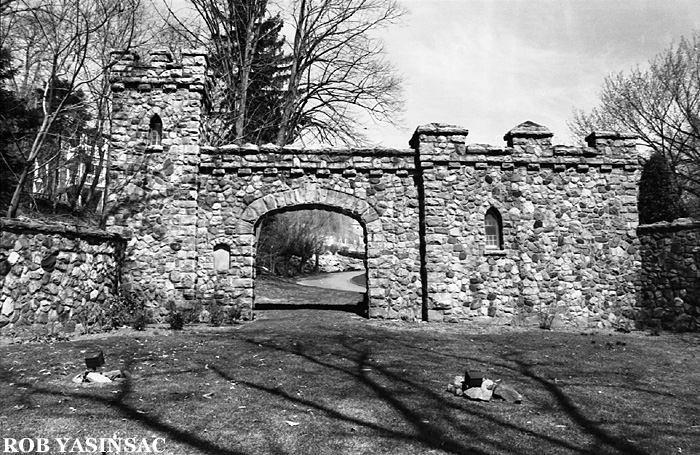
.jpg)
